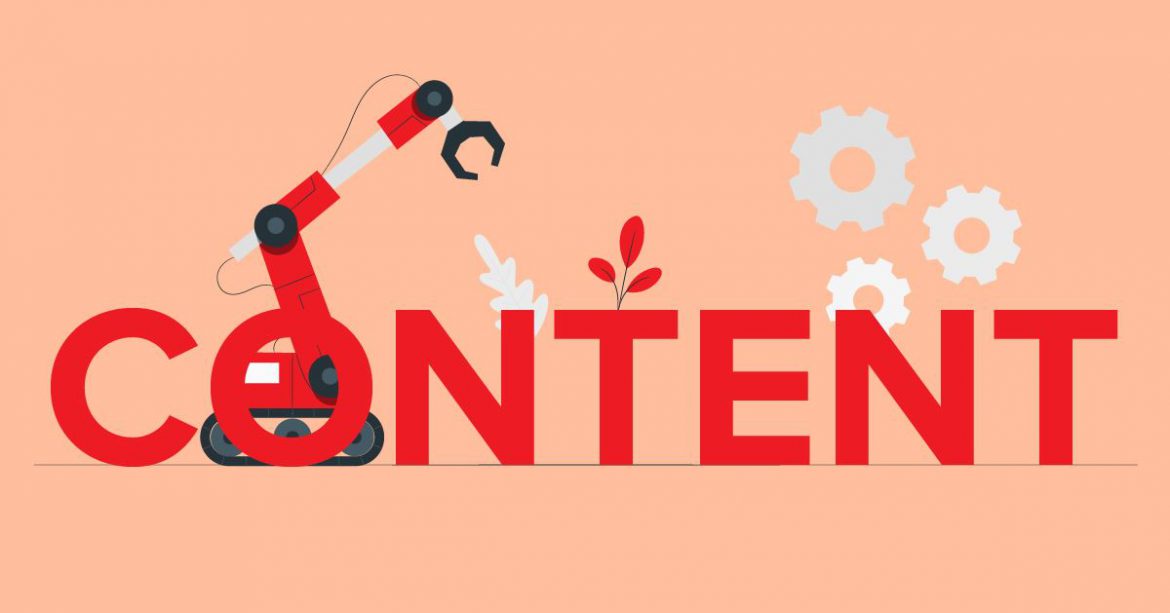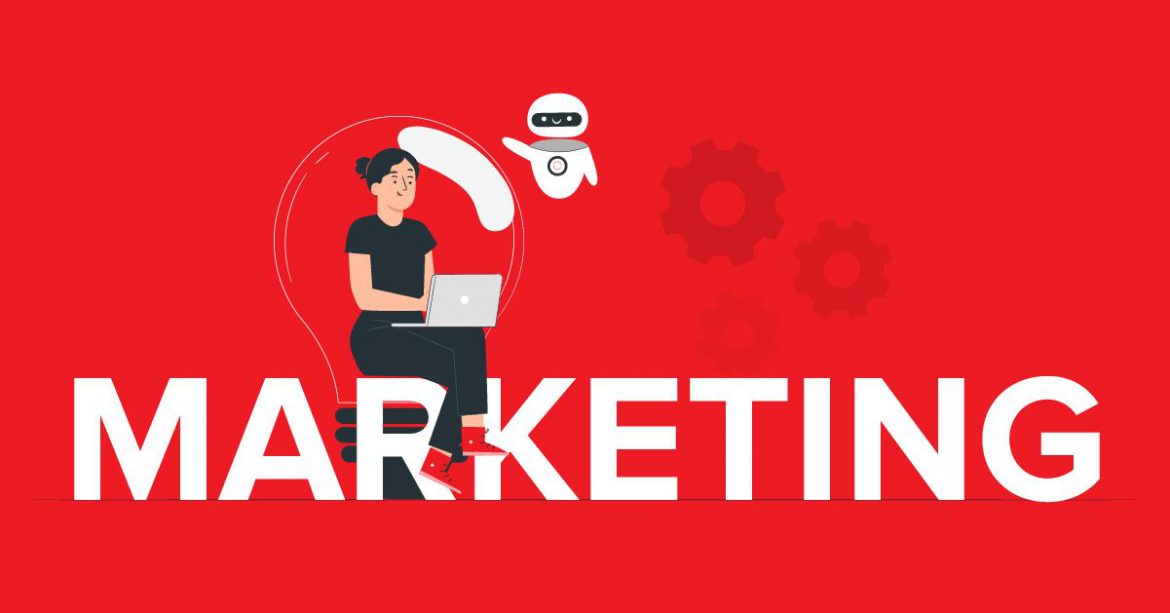How to curate the most effective content
Sharing a compelling and resonating story to your audience is a goal for any brand. Andrew Davis, a keynote speaker states, “Content builds relationships. Relationships are built on trust. Trust drives revenue.” From a business perspective, content creation is an integral part of presenting a ...
Developing a smart marketing strategy
As 2020 draws to a close, many entrepreneurs and business leaders are coming to terms with the underperformance of marketing tactics for the year, most notably as a result of COVID-19. This has prompted many to rethink their marketing strategy and readjust their outcome expectations to increase ...
Components of a Good Marketing Strategy
A good marketing strategy consists of a comprehensive collection of marketing techniques that enables a business to direct its resources towards the best opportunities in terms of increasing sales and achieving a sustainable advantage over the competition. A marketing strategy consists of ...
10 Ways to Improve SEO
Source: Marketing Eye Australia Remember Search Engine Optimising (SEO) is a long-term game. To improve your site’s ranking (SEO) we’ve made a list ‘10 Ways to Improve SEO’. Follow these suggestions and watch your website rise the ranks to the top of search-engine results. Publish ...











